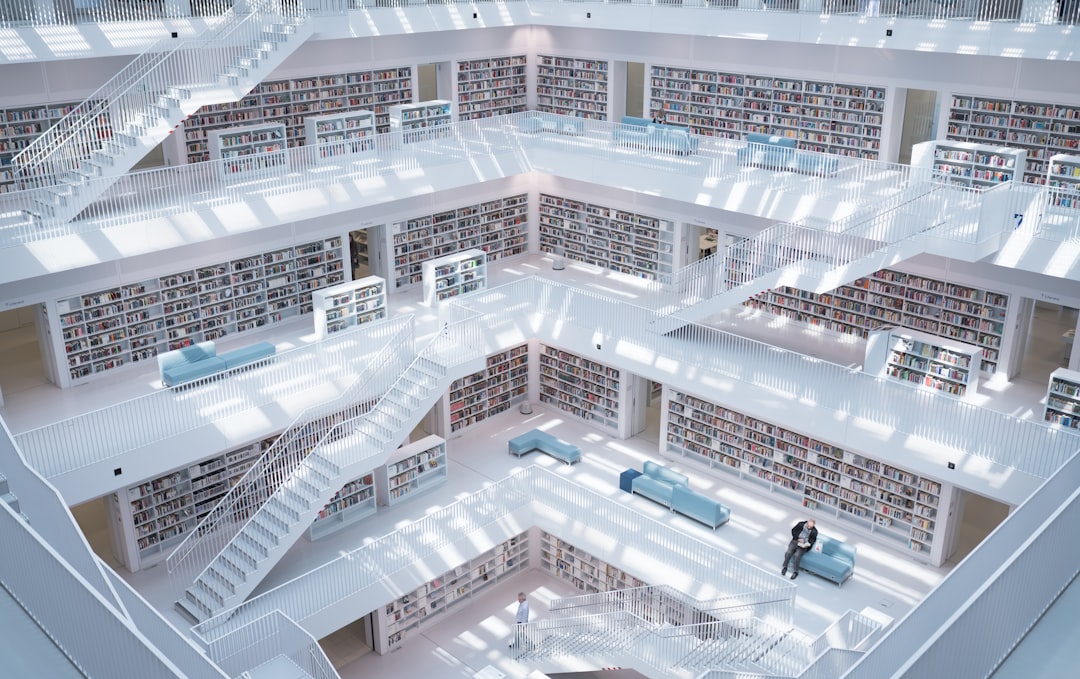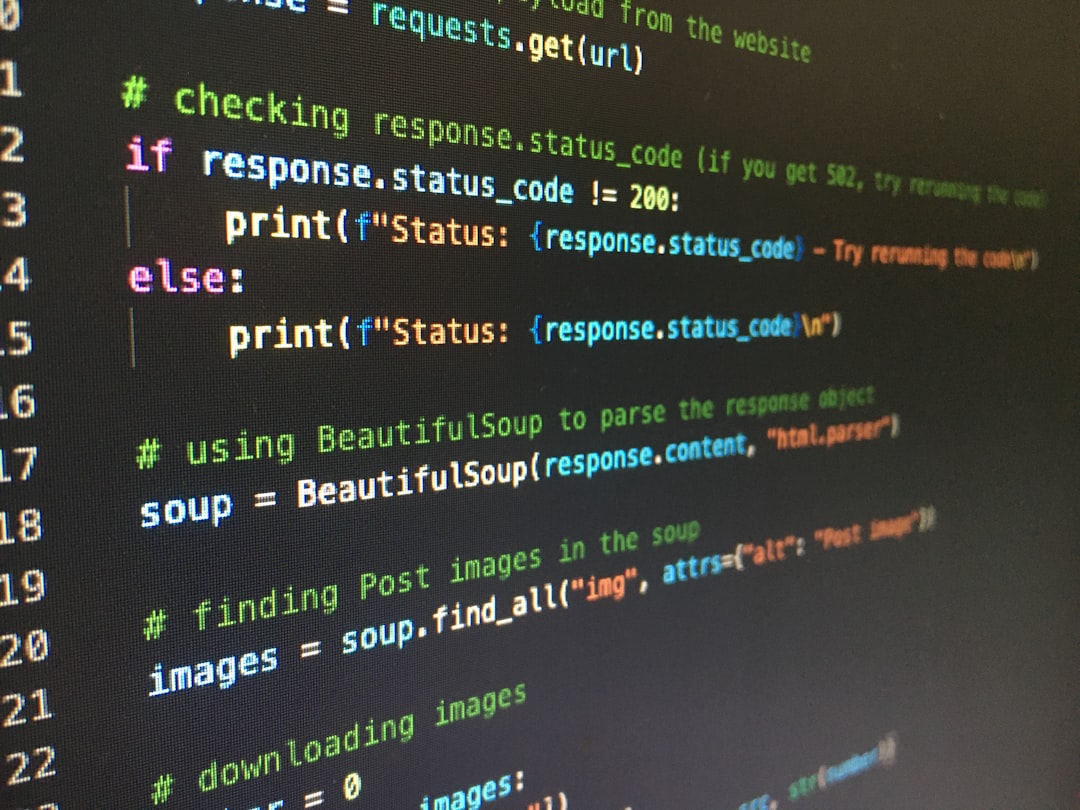What is it about?
The article presents a new method for automatically analyzing and categorizing paintings by artistic style. This method uses a combination of computer vision and machine learning algorithms to extract features from the paintings and classify them into different styles. The authors applied their method to a dataset of paintings from the Paintings91 database and were able to achieve an accuracy of 78.6%. This approach has the potential to revolutionize the way that art historians and curators study and preserve artistic works. By automating the process of categorizing paintings by style, it can save time and resources while also providing more accurate and comprehensive information about the works in a collection. This information can be used to better understand the context and significance of the paintings, and to make more informed decisions about their conservation and display. Furthermore, the method has the potential to be applied to other domains beyond art history, such as the analysis of photographs, architectural drawings, and other visual media. The use of information-based measures to extract and analyze features from these images could provide valuable insights and enable new applications in these fields.
Featured Image

Photo by Zalfa Imani on Unsplash
Why is it important?
The article is important because it proposes a method for automatically analyzing and categorizing artistic paintings, which has the potential to aid in the study and preservation of these works. This is a tedious and time-consuming task currently done manually, and automating it could significantly improve the efficiency and accuracy of the process. In addition, the method has the potential to help art historians and curators better understand and contextualize the works in their collections.
Perspectives
I find this work to be important and innovative because it has the potential to significantly improve our understanding of artistic works. Currently, the process of categorizing and studying paintings is time-consuming and often requires expertise in art history and aesthetics. This new method offers a faster and more objective way to analyze paintings, which could be useful for art historians, curators, and other researchers. Furthermore, the ability to automatically classify paintings by style could be useful for many different applications. For example, it could help curators better organize and understand the works in their collections, or enable art enthusiasts to more easily discover and learn about new paintings that they might enjoy. Additionally, the method could be extended to analyze other types of visual art, such as sculptures, photographs, or even digital art. Overall, I believe this article represents an important step forward in the field of computer-aided art analysis and has the potential to greatly impact the way we study and appreciate artistic works.
Jorge Miguel Silva
Universidade de Aveiro
Read the Original
This page is a summary of: Automatic analysis of artistic paintings using information-based measures, Pattern Recognition, June 2021, Elsevier,
DOI: 10.1016/j.patcog.2021.107864.
You can read the full text:
Resources
Website of work performed
A support website for the developed work. This site showcases among other things, the pipeline of this study, the author's average NC and NBDM variation for different quantization levels, the results of combining the NC with the roughness exponent of HDC function (alpha), a complete catalogue of each author's fingerprints as well as several examples of each author's paintings, and the computed phylogenetic trees with a magnifier to allow a better observation of the results.
Portuguese newspaper article of work developed
Short newspaper article about work developed (portuguese)
Portuguese newspaper article of work developed
Portuguese newspaper article of work developed
Contributors
The following have contributed to this page










